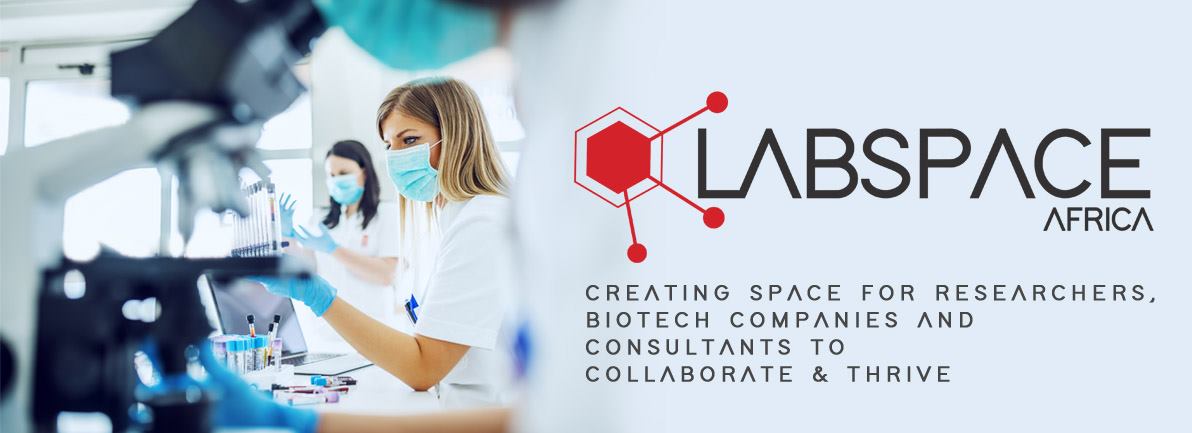Mass spectrometry
laboratory setup

Equipment
Private sector labs face significant risk and high cost equipment purchases. LabSPACE Africa has joined forces with industry leaders for analytical equipment. Equipment is readily available with required support for analytical analysis at our Midrand facilities, but equipment could also be put on lease to our client's facility for a specific project ensuring that our partners do not get spent on instruments that are only used occasionally or even only once. When a project is finished and all equipment is checked and maintained by highly skilled personnel. A copy of the maintenance records and other documentation will be made available.
Nowadays, academic institutions purchase high-cost equipment through grant applications that delays their project. LabSPACE Africa will make the process easier and give researchers the chance to assess the best option for themprior to making a commit or simply make use of our facilities.
Mass spectrometry